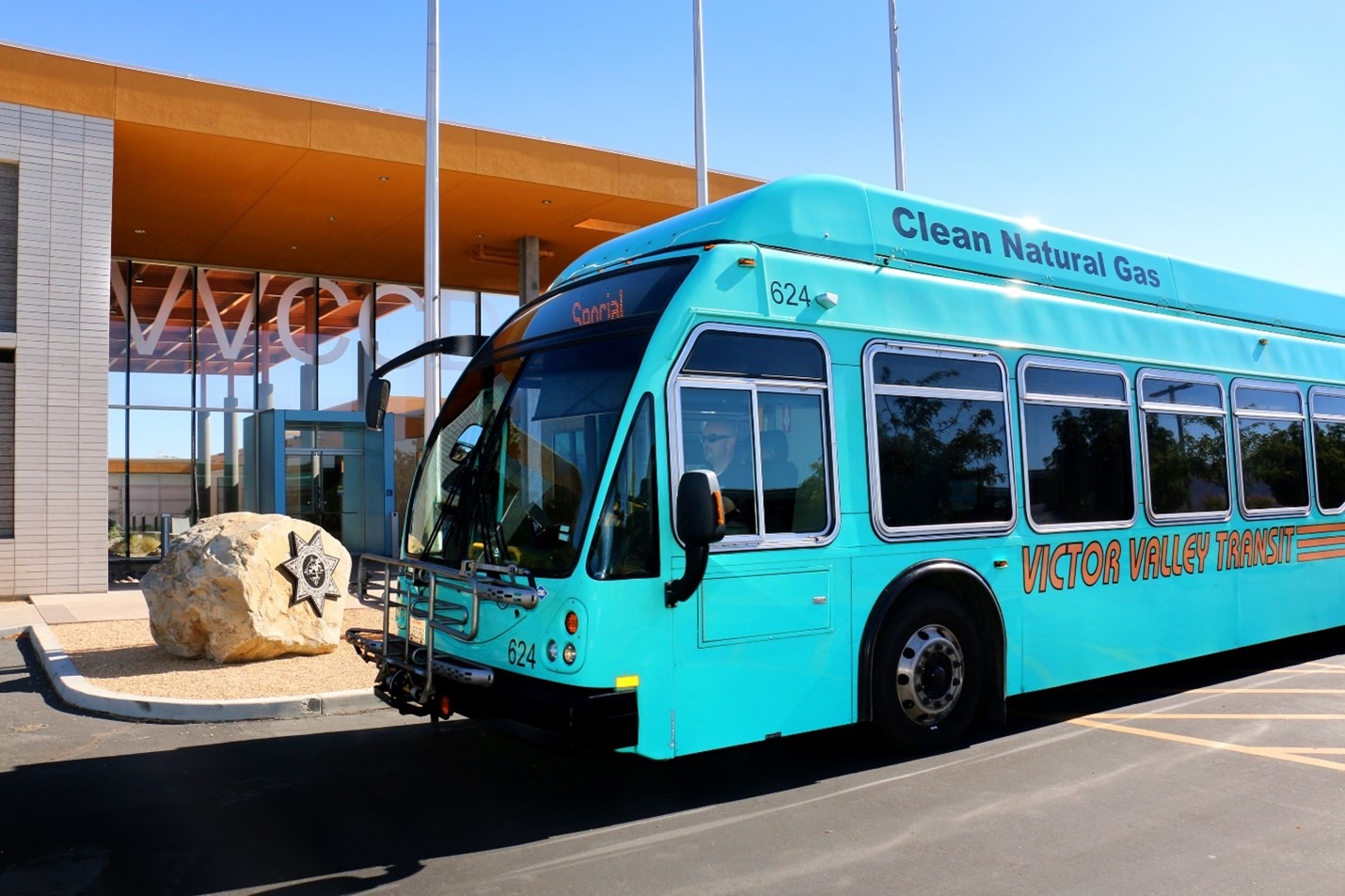It is a time of transition for Victor Valley Transit (VVTA). Many of the issues and changes facing VVTA are similar to those experienced by transit agencies throughout the country, while others are specific to the Victor Valley and the High Desert area. VVTA’s latest COA reexamined all services in light of ridership reductions and changing travel patterns since the COVID-19 pandemic. The aim of the project was to create a customer focused transit system that focused on improving mobility throughout the High Desert. The project was completed in a three-phases: Phase I assessed the existing mobility environment of Victor Valley and the North Desert and evaluated the existing service conditions covering the range of transit services operated by VVTA. During Phase I, a comprehensive rider and non-rider survey was conducted, which helped inform unmet mobility needs in the region. Phase II developed draft alternatives for future transit service were shared with the public. As part of Phase II, TMD also analyzed and recommended different fare scenarios to encourage ridership and increase equity within the system. Phase III updated the draft plan based on staff and public input. The final plan created a five-year blueprint to improve VVTA and was adopted by VVTA’s board of directors in June of 2024. VVTA started implementation of the COA in October 2024.
Relevant Project Materials

